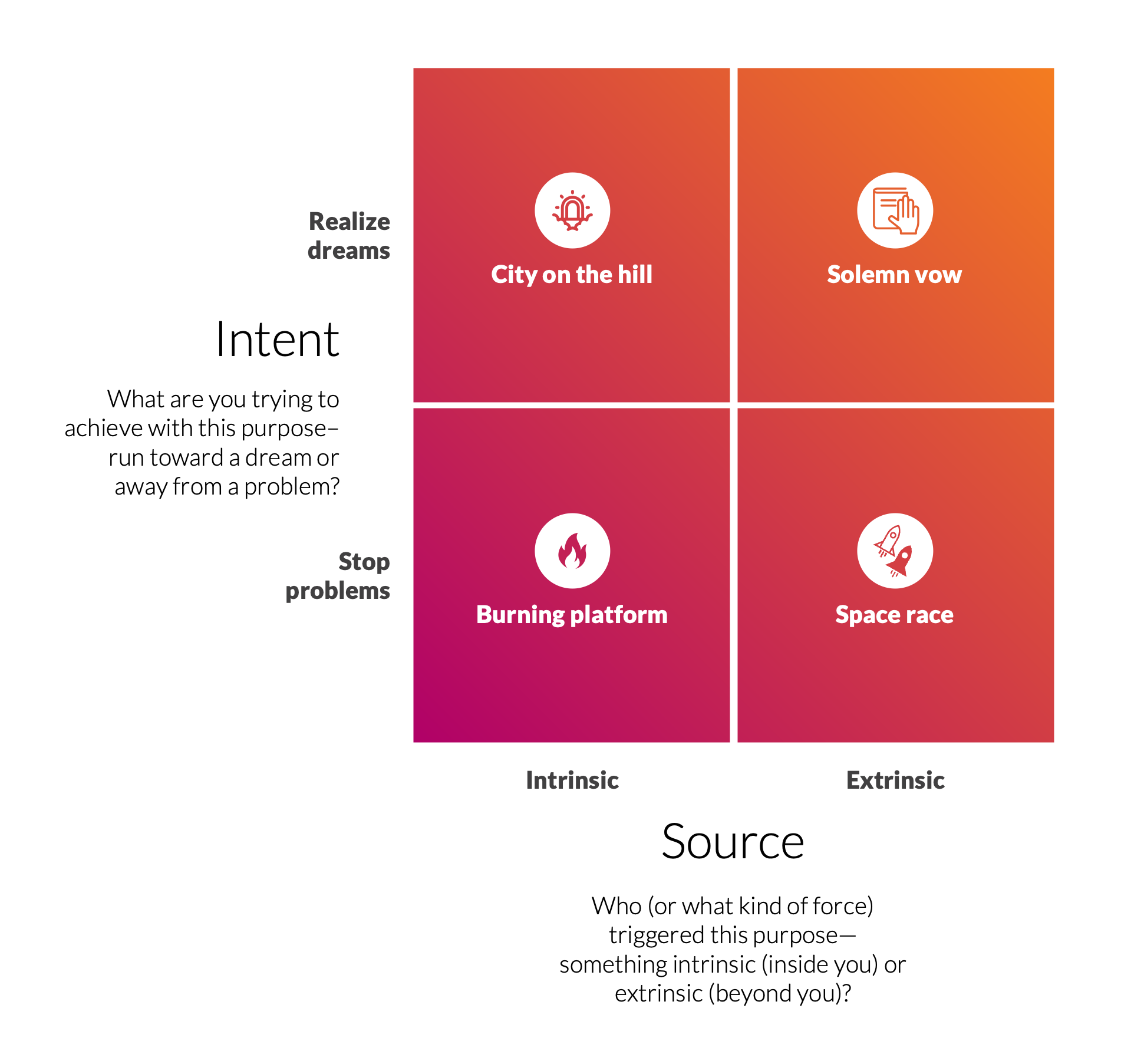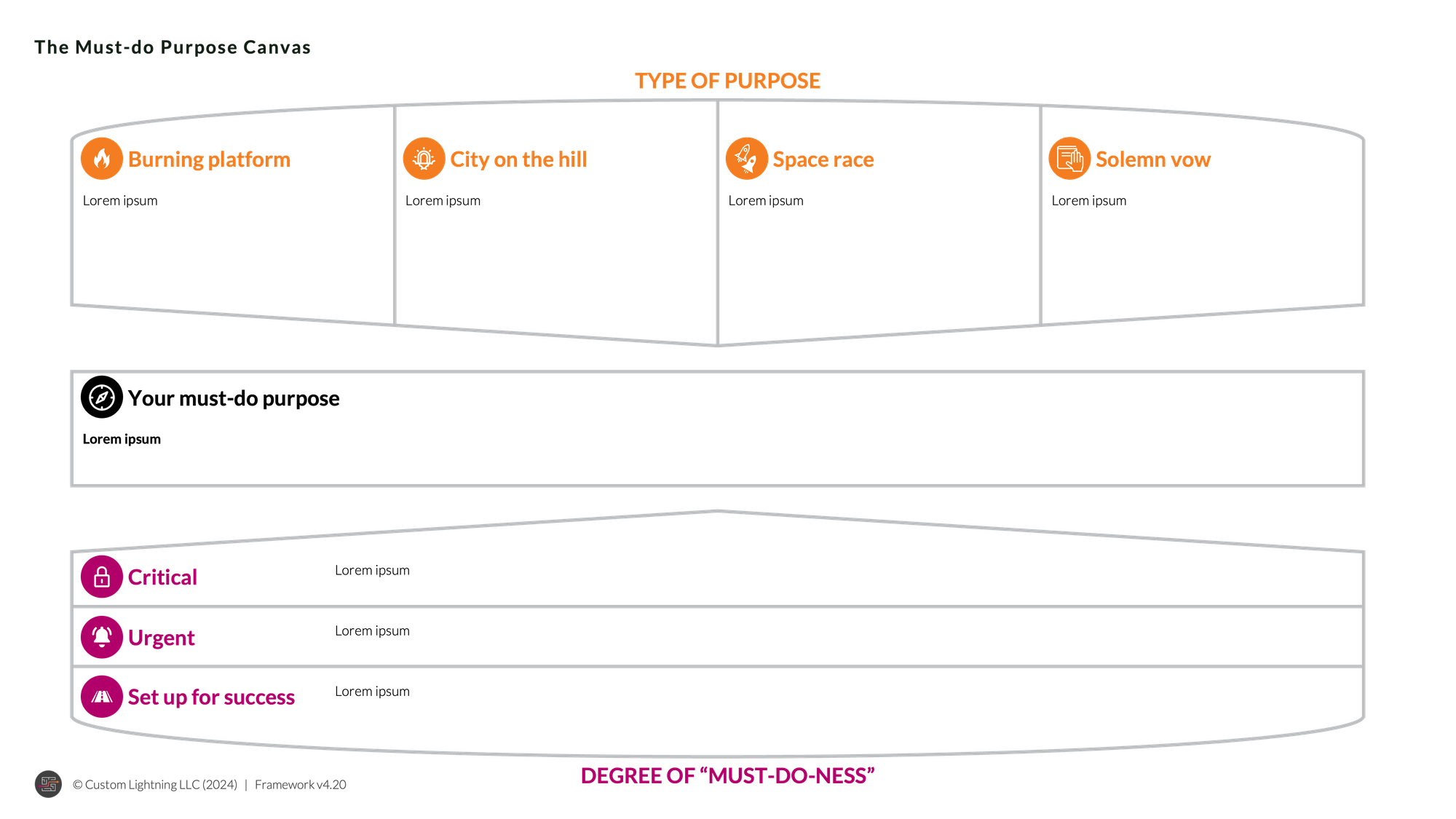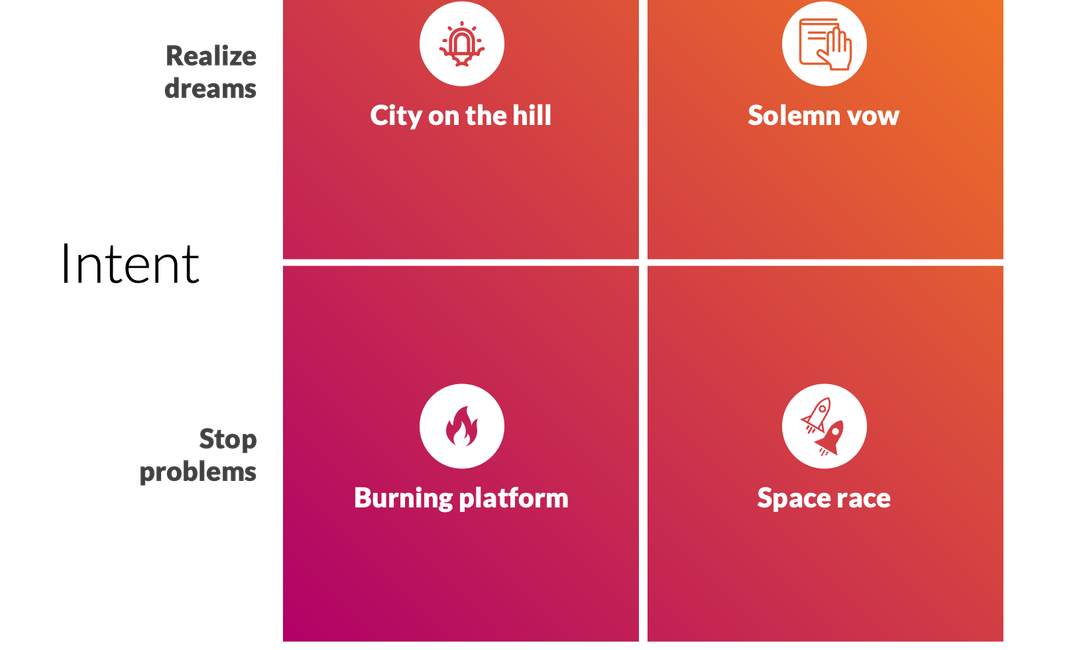TL;DR
The book Playing to Win demystified and simplified the core points of corporate strategy for many people.
At its most simple, strategy comes down to "making choices, to win," according to Roger Martin and A. G. Lafley, with whom he co-wrote the book. The book's core framework in support of that idea was the "strategy cascade," which turned the core into five questions to which strategists should seek answers:
What is our winning aspiration?
Where will we play?
How will we win where we have chosen to play?
What capabilities must be in place to win?
What management systems are required to ensure the capabilities are in place?
— A.G. Lafley and Roger Martin. Playing to Win.
In a new blog post, Roger Martin clarifies what is often the most hazy one of the five questions, i.e.,: How might one craft a "good" aspiration that's not just corporate blah-blah fluff?
Go read the article. Worth your while!
Overall:
Specifically, those promises should be "memorable, valuable, and deliverable/ auditable."
This is already very helpful on its own.
But on top of that, it also relates to doing Credible innovation work, by offering a new way of doing so:
Promises to customers or, as I'll call them, "solemn vows" represent a fourth "must-do purpose," where I had previously only found three.
The addition helps you understand the purpose of your work
When I only had the three types of purpose, there wasn’t too much of a point in sorting them by some fancy framework.
But now, it becomes obvious what purpose applies in what situations. Mind you, it's not so much a matter of "choosing" a purpose; more a matter of "recognizing which one applies to your situation." But even that self-understanding is quite helpful:

Specifically, the most fitting must-do purpose for your situation depends on your Intent and the Source of your purpose.
- Intent: The intent relates to the question "what are you trying to achieve with this purpose–run toward a dream or away from a problem?"
- Source: The source relates to the question "who (or what kind of force) triggered this purpose–something intrinsic (inside you) or extrinsic (beyond you)?
Let's update the "must-do purpose canvas" too!
The “must-do purpose canvas” turns the stand-alone idea of "must-do purposes" into a practical tool for your ideation.
I have now updated it to include the fourth must-do purpose.
You can still find the complete “how to use" explanation of the canvas in my original post.
But here is a quick overview, along with updated downloadable template versions.
It now looks like this:

And for your immediate use and enjoyment, here are updated versions to download in a bunch of file formats:
Further reading and credits:
Concept of "Burning Platform:" Feiner, M. (2004). The Feiner Points of Leadership. Grand Central Pub. https://www.feinerconsulting.com/author.html
Concept of "City on the Hill:" King, Martin Luther. "Freedom's Ring" (i.e., the "I Have a Dream" speech). E.g., here.
Lafley, A. G., & Martin, R. L. (2013). Playing to Win. Harvard Business Press. https://books.google.com/books/about/Playing_to_Win.html?hl=&id=a5Bcilcnjd0C
Idea behind/ inspiration for concept of "Solemn Vow:" Martin, R. L. (2024). Promise over Purpose: How to Make a Sustainable Contribution. https://rogermartin.medium.com/promise-over-purpose-7af65501f686
Concept of "Space Race:" Author not known (LMK if you do). E.g., see more at Wikipedia about the Space Race itself.


